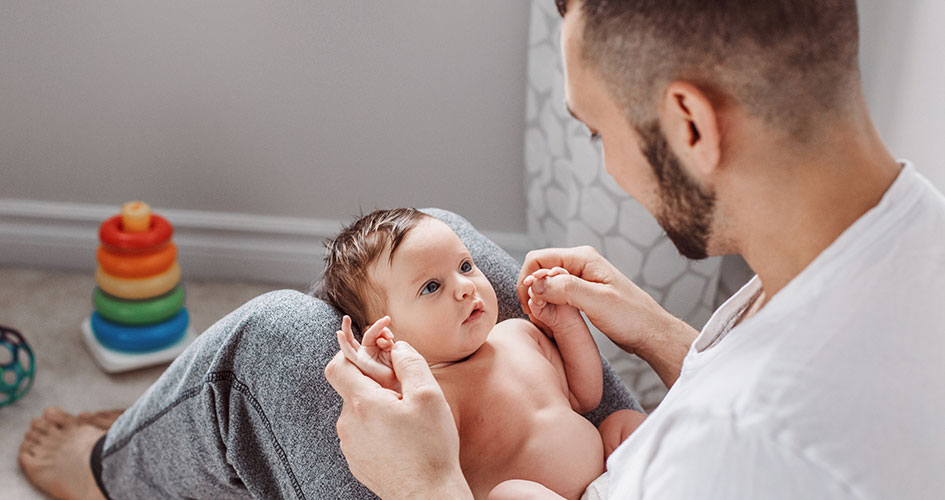Having a baby is a massive time of change. While in most cases this is associated with excitement, it can also be associated with uncertainty and in some cases significant anxiety.
In the 1960s, Fathers to be were excluded from the antenatal and intrapartum process and there is the movie stereotype of the father pacing the corridor waiting to be told that their new baby has arrived (there is a reason why there are so many pubs close to maternity hospitals). But in 2020, that view has changed. Increasingly partners want to be involved and maternity providers (including Western Obstetrics) are being more inclusive of partners.
So what does involved look like?
It can be talking to your baby while they are still in the womb, but includes being involved in the antenatal appointments – including antenatal education (yes it is okay for partners to attend breastfeeding education) and early involvement in care for your baby after your baby is born (including nappy changes – a big tip the early ones are fairly benign – they only get nasty as your child gets bigger). The key is to be hands on with your baby from an early age and develop that early attachment.
So why is this important?
- It helps the partner feel connected and lowers the incidence of postnatal depression in partners. While postnatal depression affects 16% of new mothers, 10% of their partners also suffer from perinatal mental health issues – these are often overlooked or ignored.
- The creation of a strong attachment early in life leads to a more secure relationship later in life, those that play more with their Dad’s early in life are more likely to be sociable when they start at school – they are confident and have well developed social skills
- A strong initial attachment is linked to less behavioural issues for the child
- Strong partner involvement early in a child’s life leads to better language development and better cognition.
Partners do matter! The strong push from partners to be more involved should be embraced as it will lead to better outcomes for both the Partner (Dad) and child.



